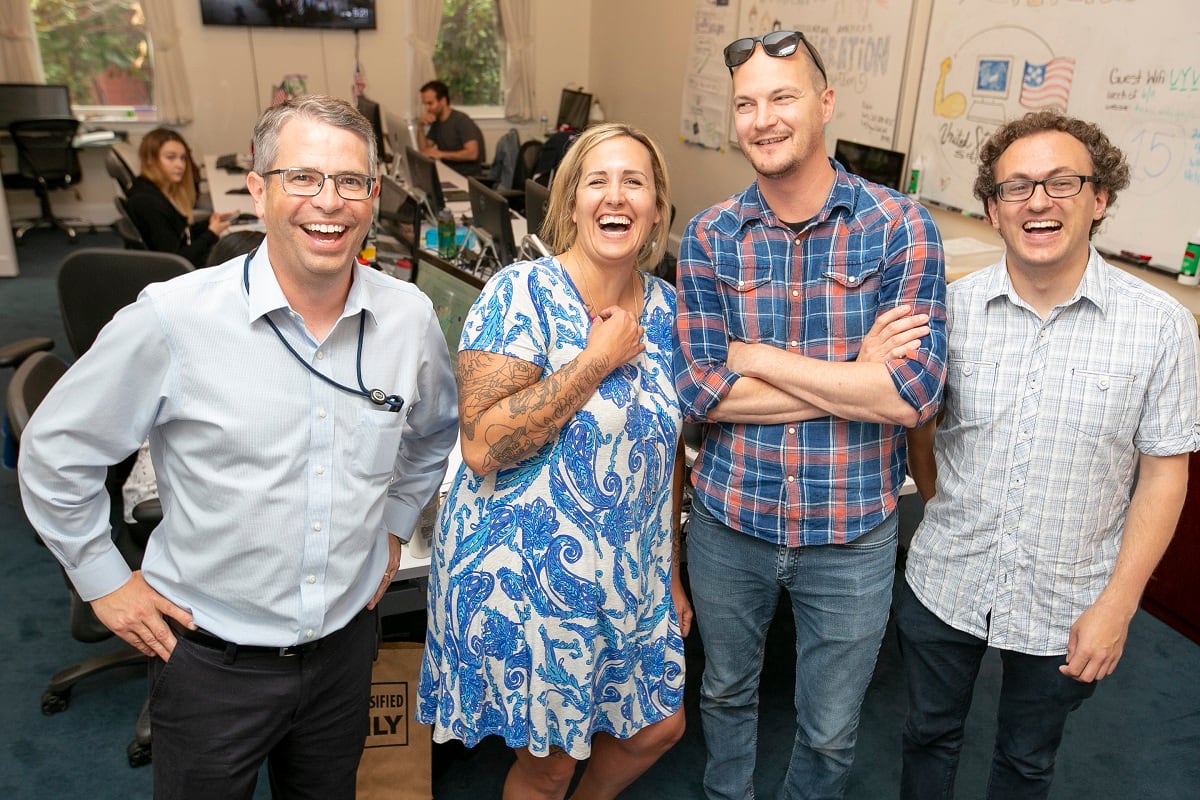Editor’s note: This is part one of a two-part series spotlighting the U.S. Digital Service.
Just blocks from the White House, in a converted 1870s town house once briefly occupied by President Theodore Roosevelt, one of government’s most unusual sects of employees has wedged itself into every available space.
The United States Digital Service, an organization of short-term feds whose mission is to bring private sector innovation to public sector problems, occupies only two floors of the narrow building, as many of its approximately 180 employees spend most of their time in other agencies’ offices.
The building does not look like a typical government office. It’s garlanded with crab-themed decorations — in celebration of the USDS unofficial mascot Mollie the Crab — and offbeat memorabilia, such as presidential Pez dispensers and cleverly hidden White House Easter eggs. The office looks much like the Silicon Valley startups it is designed to emulate.
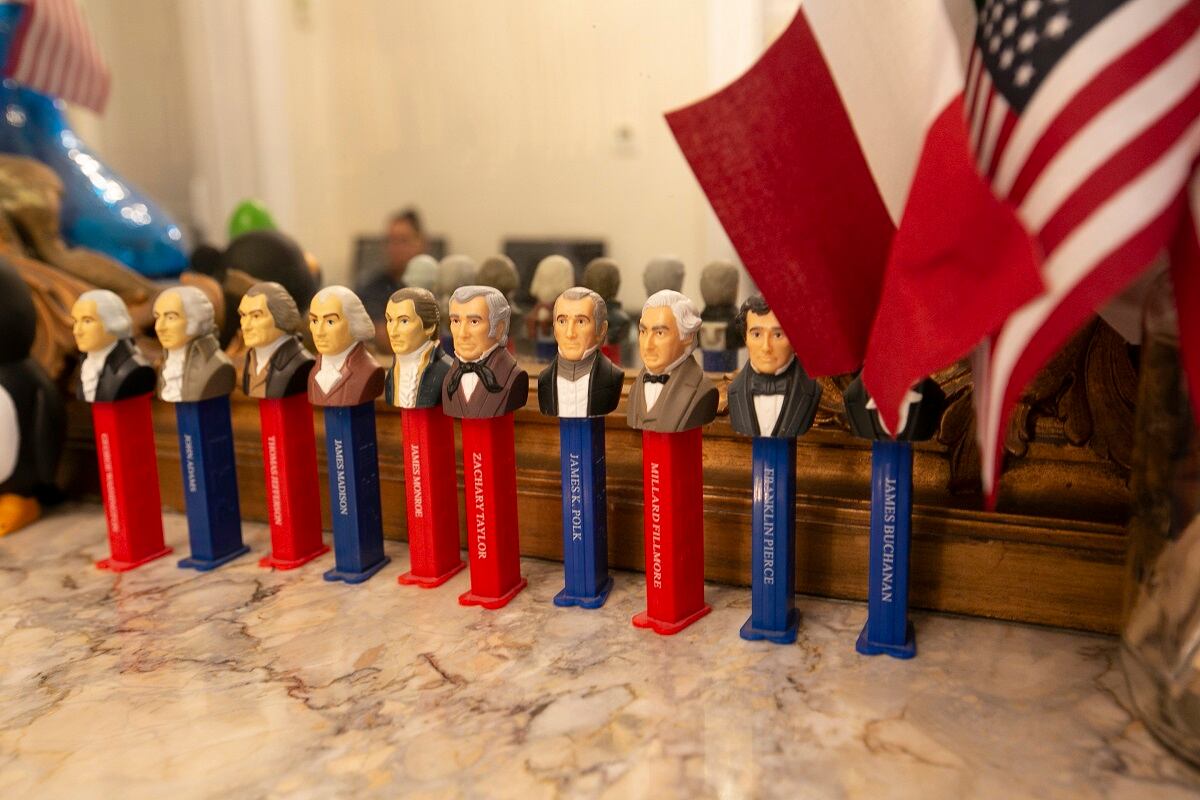
It’s an environment where office scissors are frequently commandeered for opening the store of freeze pops in the building’s refrigerator.
The USDS “Oval Office,” as it is nicknamed, is a low-ceilinged server closet, a space they had to fight to get access to since they needed every ounce of meeting space they could get, according to USDS Acting Administrator Matt Cutts.
“You have to be really scrappy,” Cutts said.
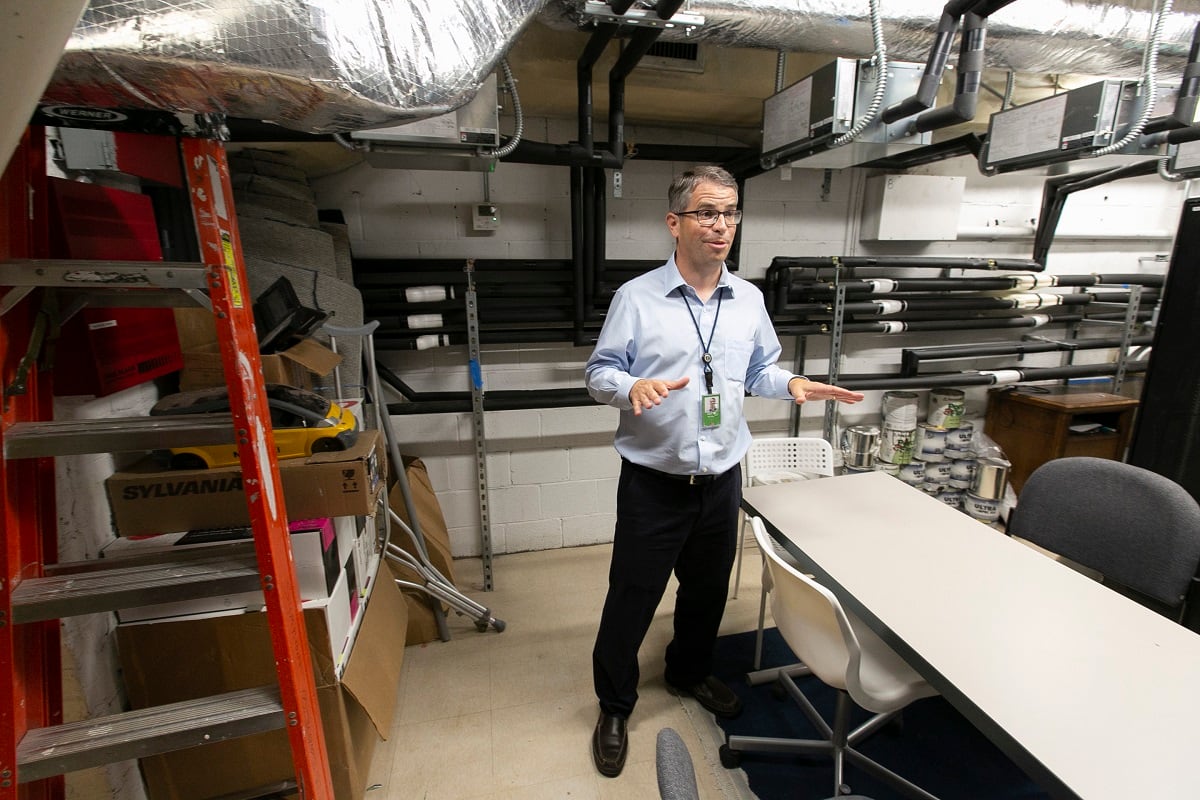
In fact, USDS has managed to squeeze its staff (there are typically 25 to 35 employees at headquarters each day) into every available nook and cranny of space.
The employees, too, look more like startup teams than typical feds, opting for jeans and t-shirts over suits and ties.
“I think none of us look like typical federal employees. I think I definitely don’t look like a federal employee,” said Shannon Sartin, executive director of Digital Service at Health and Human Services and the Centers of Medicare and Medicaid.
Here, a button-up shirt is considered “dressed up.”
“I think that there’s a differentiator about being able to feel comfortable walking into a meeting where everybody else is wearing suits, and you’re like ‘I show up with a t-shirt, jeans and Converse' [sneakers],” Sartin said. “There’s something about that where I think people immediately trust you, because you have the confidence to do that. Or they’re like, ‘Who the hell is this person,’ and then you open your mouth and say smart things and they’re like, ‘Oh, we get it.’”
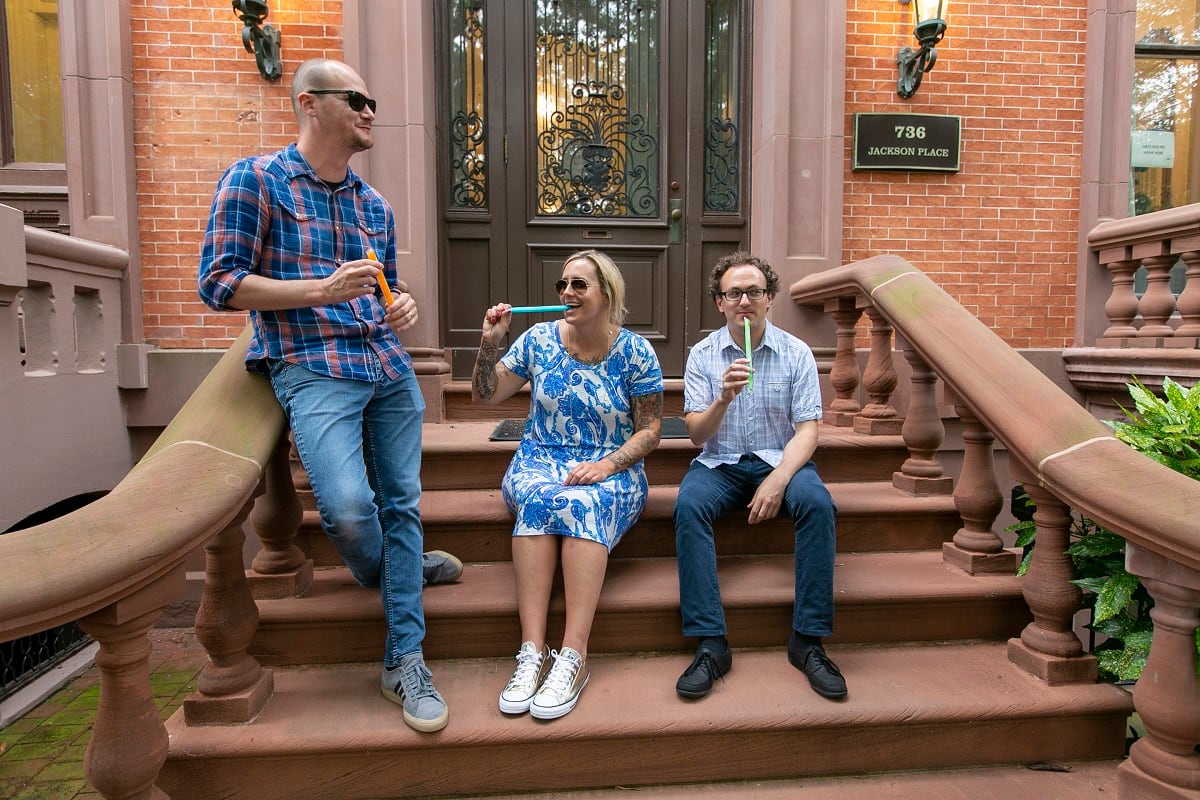
Women have found high levels of success and representation at USDS, with over 60 percent of its leadership female. Conversely, a Silicon Valley Bank Women in Technology Leadership study found that 71 percent of U.S. startups had no women on their board of directors in 2018.
Origins
USDS was created in August 2014 by President Barack Obama after a similar team of innovators from the private sector had successfully managed to repair and relaunch the ailing healthcare.gov website.
Mikey Dickerson, who had originally signed on to spend a few days away from his job at Google to work on the healthcare.gov rehabilitation, ended up staying on for months and became administrator from August 2014 to January 2017.
“What we saw with healthcare.gov, with folks like Mikey and others, was how a fairly concentrated group of innovators, as long as they had clear direction from the White House, could actually transform something pretty quickly,” Obama said at the time of USDS’s creation.
The organization survived the presidential transition, and today USDS teams are deployed at many different agencies, such as the Department of Defense, Veterans Affairs, HHS and Department of Homeland Security. They’re working to help tackle major digital products, such as the vets.gov site and the Hack the Pentagon program.
Like no other place in government
Though some employees of USDS previously worked in other government agencies before joining the team, many had their first foray into government service through USDS, because none of the job postings at other agencies applied to their skillsets.
“I could never really figure out how to get hired into the government as someone who is a digital services expert,” said Jonathan Sullivan, deputy executive director of the digital service at HHS.
Sullivan said that he had worked in the digital space in Washington, D.C., for 25 years, but never got involved in government until now.
The government has long struggled with its traditional job coding and skills descriptions failing to match up with the modern IT and cybersecurity workforce.
Sartin, who had previously worked as a federal employee then moved into the private sector before joining USDS, said she realized she struggled to fix the technology problems she saw in government from either the inside or the outside.
“I jumped out and was working for private companies. And I worked on one of probably the worst request for quotes that I have ever seen in my entire career, and I had this moment where I was pulling my hair out just scouring the internet looking for things. I came across the USDS website, read the principles and then read that they had structured a procurement team, and there was just this button that was calling my name that said, ‘Join us,’” Sartin said.
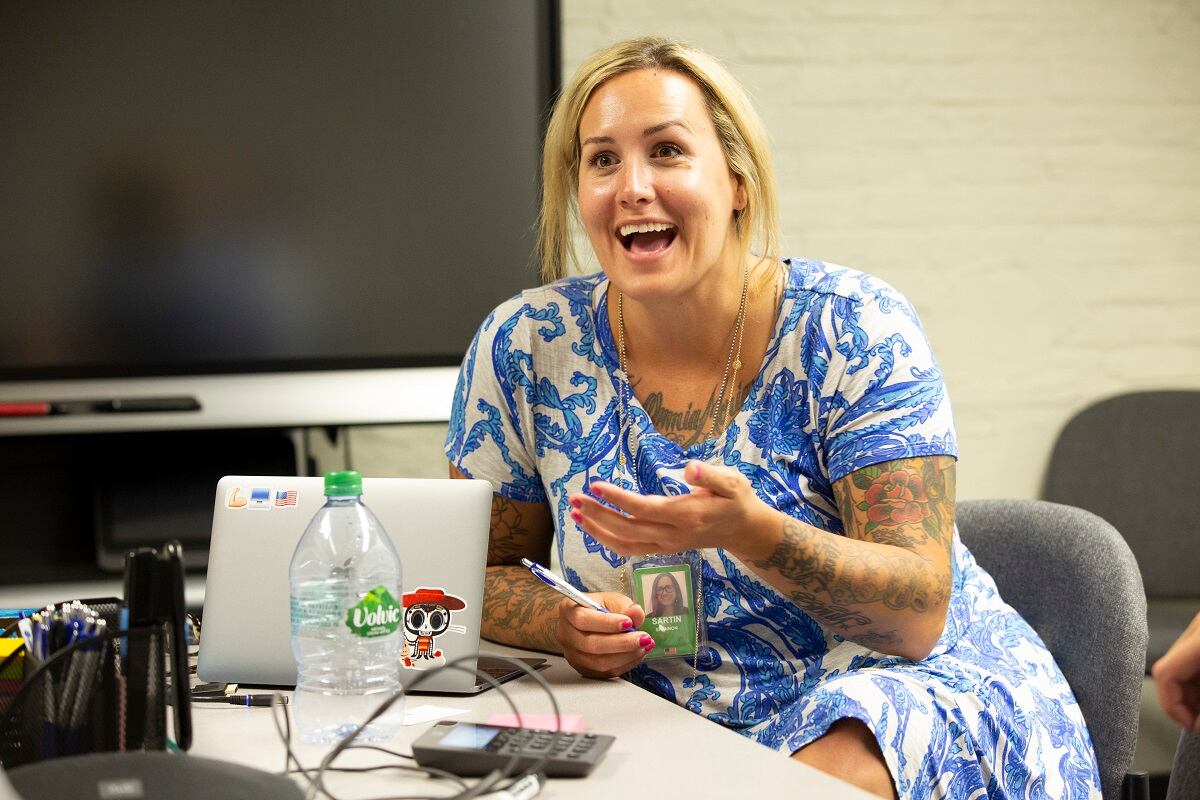
In-demand technical experts can also find easier entry into federal service through USDS without having to wait around for the job offer to clear, as is the case with many other agencies.
“We have a much faster hiring process than most federal agencies. The standard process in the federal government takes about nine months. I’m not going to sit around waiting nine months for a job when I can get hired in two weeks in Silicon Valley,” said Sam Gensburg, software engineer at USDS.
Many employees, like the original USDS administrator, end up staying on for government work longer than originally intended.
Scott Haselton, a digital services expert at USDS, convinced his pregnant wife to move across the country so that he could join USDS.
“I kept on telling her that it was temporary, that it’s one year, it’s only going to be one year. And lo and behold, [it’s] almost two years later,” said Haselton, who has been at USDS since October 2016.
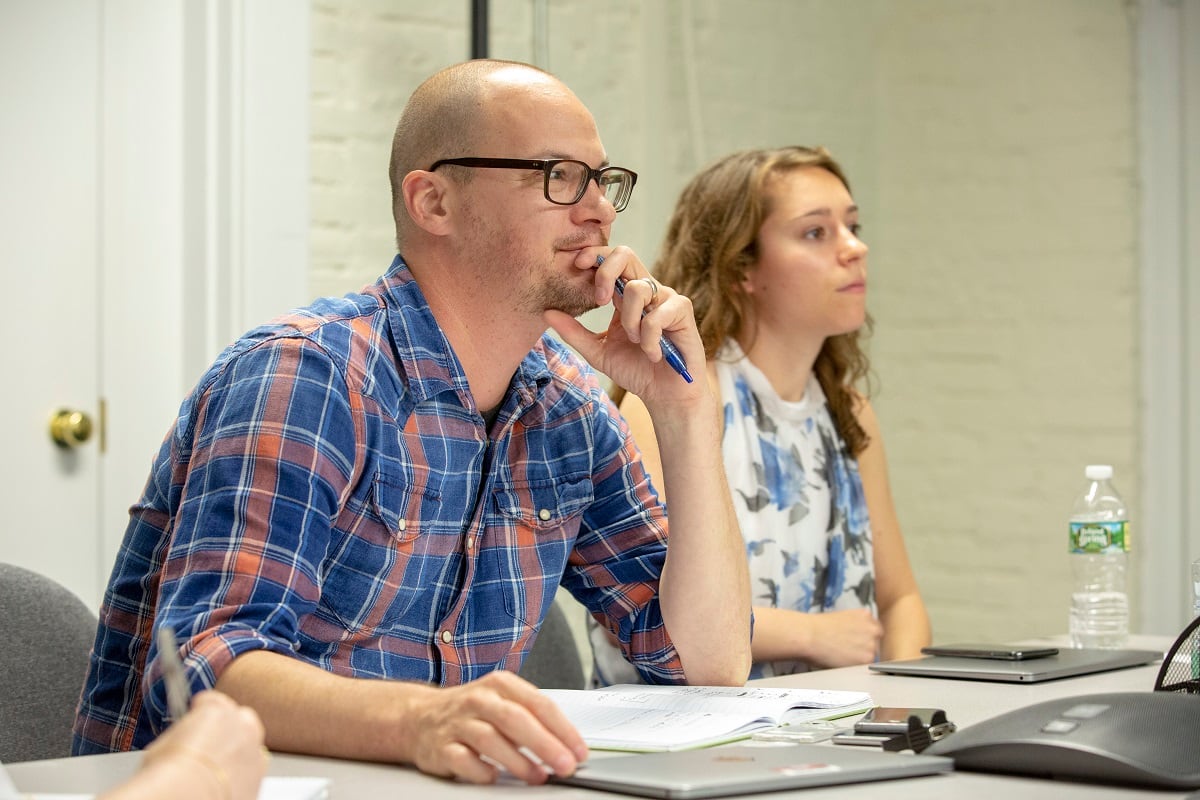
Sullivan, whose tour at USDS is up in January 2019, said he doesn’t know how he’s going to go back to doing what he did before.
“A lot of people come here for three months, and it’s like they get hooked. There is something about the impact and the ability to make change that people go back to their regular jobs and are like, ‘Wait, what am I doing?’ And two or three months later you’ll hear that this person is coming back,” said Sartin. “An interesting thing is happening now where I think people are leaving for over a year and then actually deciding to come back again.”
For part two of the USDS profile, click here.
Jessie Bur covers federal IT and management.
